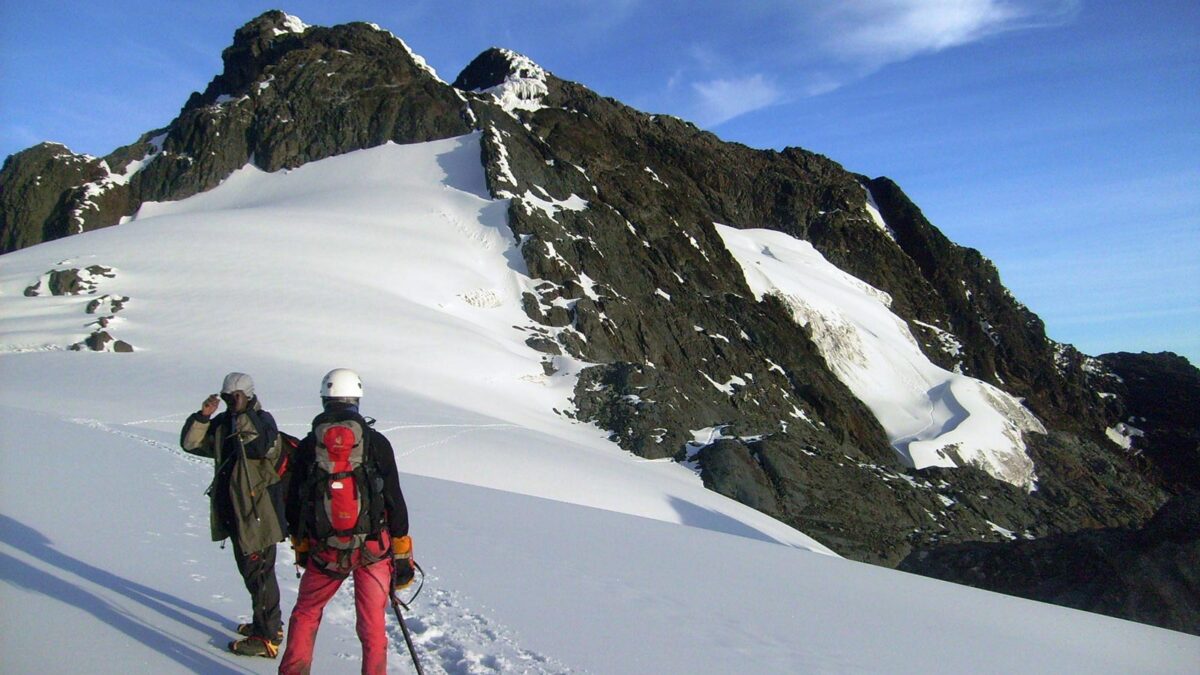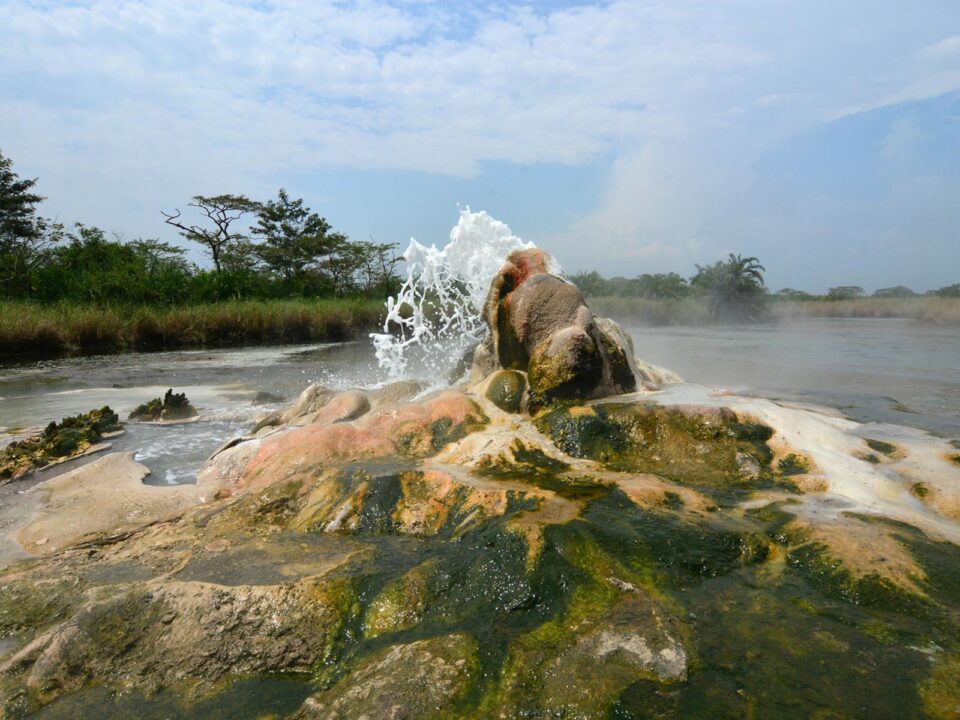Activities and Attractions in Fort Portal Kabarole District

Jinja Airstrip Uganda
September 7, 2023
Uganda Tourism Travel Guide
September 7, 2023Exploring Fort Portal, Kabarole District: Activities and Attractions
Fort Portal, nestled in western Uganda, serves as the administrative center for both Kabarole district and the historic Toro kingdom. Its name pays homage to Sir Gerald Portal, a distinguished British Special Commissioner for Uganda, commemorated with a statue adorning the town’s main road. Fort Portal’s strategic location places it between the captivating Rwenzori Mountains, the lush Kibale Forest National Park, the iconic Queen Elizabeth National Park, and the enchanting Semuliki National Park. This bustling town thrives as a significant market hub and offers a gateway to an array of adventures.
Getting to Fort Portal-Kabarole District
By Road:
The road journey to Fort Portal spans approximately 298 kilometers from Kampala, Uganda’s capital. The route includes scenic landscapes and passes through Mityana, Mubende, Kyegeggwa, and Kyenjojo before reaching its destination.
By Air:
For those seeking a quicker route, scheduled and chartered domestic flights are available. These flights connect Entebbe International Airport to Kasese, reducing travel time to about 1 hour and 30 minutes. From Kasese, it’s a convenient two-hour drive to Fort Portal.
Activities and Attractions in Fort Portal-Kabarole District
Visit the Amabere Caves:
Known as the Amabere Caves or Nyakasura Caves due to their location near Nyakasura Falls, these geological formations are situated approximately five miles from Fort Portal along the Bundibugyo Road. Despite not being traditional caves, they are more like expansive overhangs. The name, “Amabere Ga Nyina Mwiru,” translates to “Breasts of Nyinamwiru.” Legend has it that Nyinamwiru, the daughter of a local usurper king, had her breasts removed in an attempt to make herself less attractive to suitors. When this plan failed, King Bukuku of Toro concealed her in these caves. Nyinamwiru later gave birth to a son, Ndahura, with the Batembuzi King Isaza. Unable to breastfeed her child, she used the stalactites’ milky appearance, resulting from calcium content, to nourish him. Ndahura went on to fulfill a prophecy, becoming a great empire’s ruler in the Great Lakes area of Africa. To fully experience these caves, consider including them in an extended walk through the area, which can also encompass the nearby Amabere Falls and three local crater lakes. While there, you can stand behind the waterfall for a unique experience and even take a dip in the cold but invigorating pool, often surrounded by colobus monkeys.
Visit Semuliki National Park:
Semuliki National Park distinguishes itself among Uganda’s national parks by focusing primarily on birds and hot springs, rather than boasting a wealth of traditional wildlife. Nestled next to the Semuliki and Lamia rivers, the park lies on Uganda’s border with the Democratic Republic of the Congo. To its north, it’s bordered by Lake Albert, while the stunning Rwenzori Mountains grace its southeast. Located about 150 miles from Kampala and covering an area of 220 square kilometers, the park hosts 442 bird species, 53 mammals, and some intriguing inhabitants, including Goliath and Rhinoceros beetles, some of which measure up to four inches in length. Additional attractions within the park include a Pygmy village and the hot springs at Sempaya, located in the Semliki River Valley near Budibugyo town. Notably, the area features a hot water geyser emerging from an eight-meter-wide hole—the largest of its kind in Uganda. While exploring Semuliki National Park, don’t miss the Mungilo Waterfall, offering opportunities for fishing, swimming, and bird watching. Managed by the Ugandan Wildlife Authority, this relatively new park, designated in 1993, is home to around 100 Batwa people who rely on the forest for sustenance, herbal medicines, and construction materials.
Visit Rwenzori Mountains National Park:
Designated in 1991 and later achieving World Heritage site status in 1994, Rwenzori Mountains National Park was established to protect the highest sections of the Rwenzori mountain range. The park encompasses most of the central and eastern portions of these majestic mountains, covering an area of about 384 square miles. Home to over seventy mammal species and 217 bird species, Rwenzori Mountains National Park is renowned for its breathtaking views and stands as a world-class destination for hiking and mountaineering enthusiasts. Those embarking on extended journeys in the mountains will find a scattering of established campsites, including the John Matte Camp.
Located approximately 200 miles west of Kampala, the park was designated in 1993. It is home to around seventy mammal species and boasts an impressive 375 bird species, including the White-spotted Flufftail, Yellow-spotted Barbet, Hairy-breasted Barbet, Yellow-billed Barbet, Western Nicator, Grey-winged Robin-chat, White-tailed Ant-thrush, Brown-backed Scrub-robin, Black-and-white Shrike-flycatcher, Brown-throated Wattle-eye, Superb Sunbird, Brown-crowned Tchagra, Bocage’s Bush-shrike, Black Bishop, White-breasted Negrofinch, and Black-crowned Waxbill, among others.
One of the park’s primary attractions is its chimpanzee tracking experience along the Kanyanchu Primate Walk, where visitors can observe 13 species of chimpanzees engaging in their daily routines. The inhabitants of the Kibale Forest National Park region mainly consist of Batoro and Bakiga, with the Batoro being native to the area and later joined by incoming Bakiga from southwestern Uganda. The park is divided into seven zones for management purposes: research, natural reserve, civic-cultural, recreation, harvest, community, and protection, with an emphasis on conservation. Numerous lodging options are available in the park, including safari lodges that, while sometimes pricey, enhance your stay by minimizing daily travel from towns like Fort Portal, located over 20 miles to the north. For more information on Kibale Forest National Park, its points of interest, or accommodations, feel free to contact us via our contact form.
Visit Bigodi Sanctuary Wetland:
Bigodi is a community-based organization founded with the aim of improving the living conditions of lower-class families in Bigodi village and surrounding communities. Established in 2016 by four individuals trained by the Kibale Association for Rural and Environmental Development, the organization initially identified an unregulated community walk and sought to provide authenticity while simultaneously supporting the community. This endeavor involved distributing scholastic materials, enhancing households, and creating employment opportunities for community guides and demonstrators.
The Bigodi Wetland Community Walk (BICOWA) is located six kilometers from Kibale Forest National Park and thirty kilometers from Fort Portal town. By visiting Bigodi, you contribute directly to the community, reinforcing the importance of conserving the nearby Kibale Forest National Park, a crucial habitat for chimpanzees.
Bigodi offers visitors the chance to see six different primate species during their walk, along with over 160 bird species, butterflies, and more. Fort Portal can be visited year-round, as it boasts a favorable climate throughout the year, making it an ideal destination regardless of the season. Whether you’re an adventure seeker, nature lover, or cultural enthusiast, Fort Portal and its surroundings offer an array of attractions and experiences to satisfy your wanderlust. From caves and waterfalls to royal sites, tea plantations, and guided walks around crater lakes, this vibrant town has something to captivate every traveler. With a plethora of accommodation options and a variety of dining choices, including international and local cuisine, Fort Portal ensures a memorable and comfortable stay. Dive into the town’s bustling nightlife, explore daily markets, or embark on unforgettable adventures to nearby destinations such as Queen Elizabeth National Park and the Bigodi Wetland Sanctuary.
Note: If you have additional information or insights about tourist attractions in Fort Portal, please feel free to contact us using our contact form.
Fishing on Lake Albert:
Discover the Ntoroko section of Lake Albert, situated in Fort Portal. Lake Albert was christened in 1864 by European explorers Samuel Baker and Sass Flora, who dedicated it to the memory of Queen Victoria’s consort, Prince Albert, who had passed away three years prior. For a brief period, President Mobutu Sese Seko Kuku Ngbendu wa Za Banga of the Congo renamed it Lake Mobutu Sese Seko. However, it eventually reverted to its widely recognized name. Lake Albert stands as Africa’s seventh-largest lake, stretching approximately 100 miles


